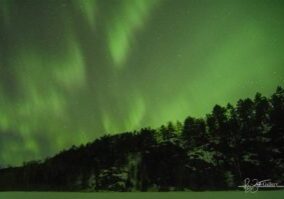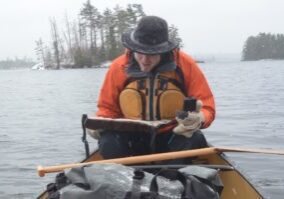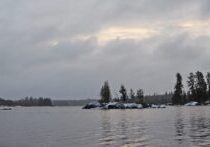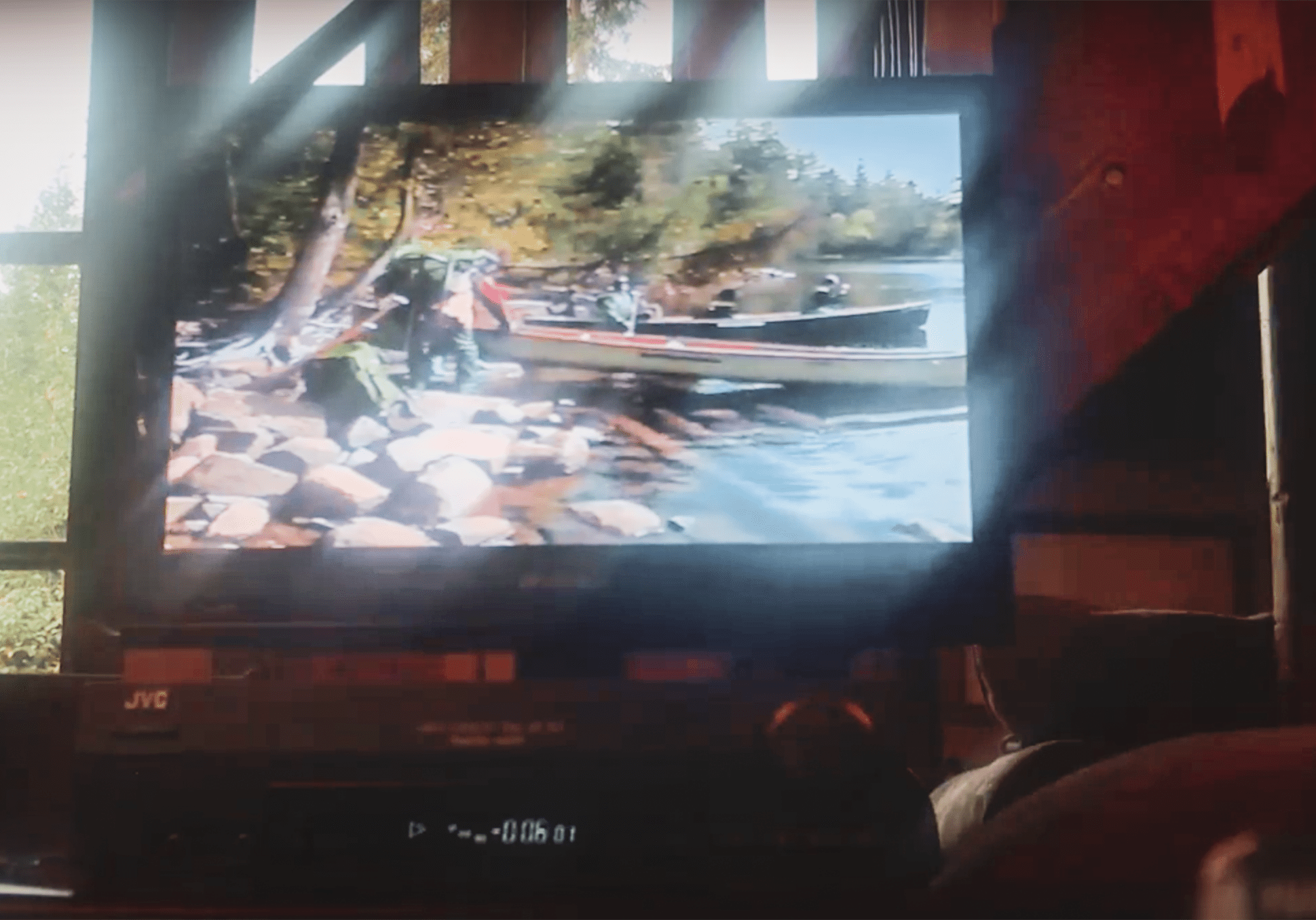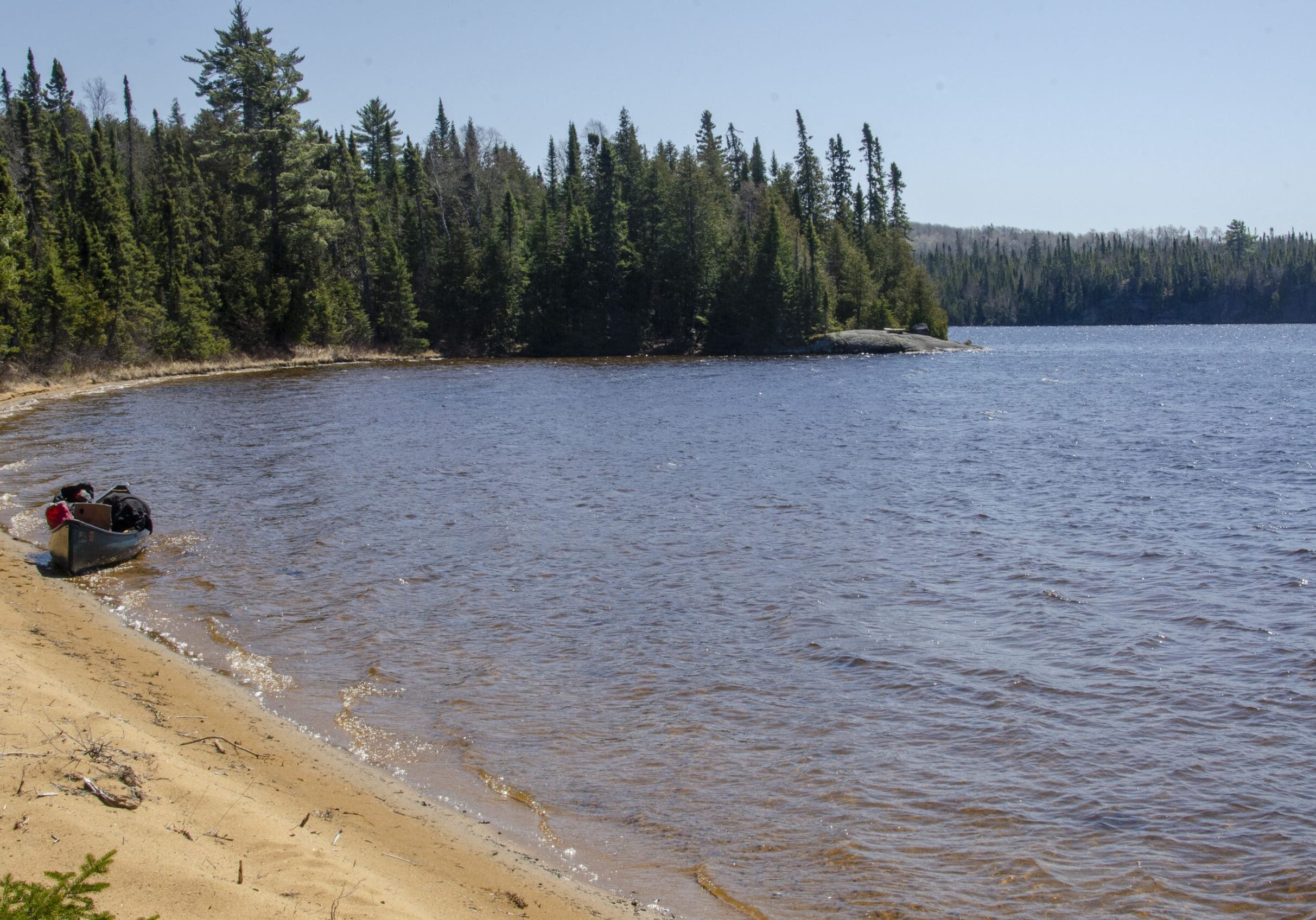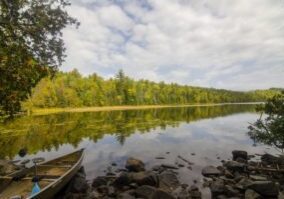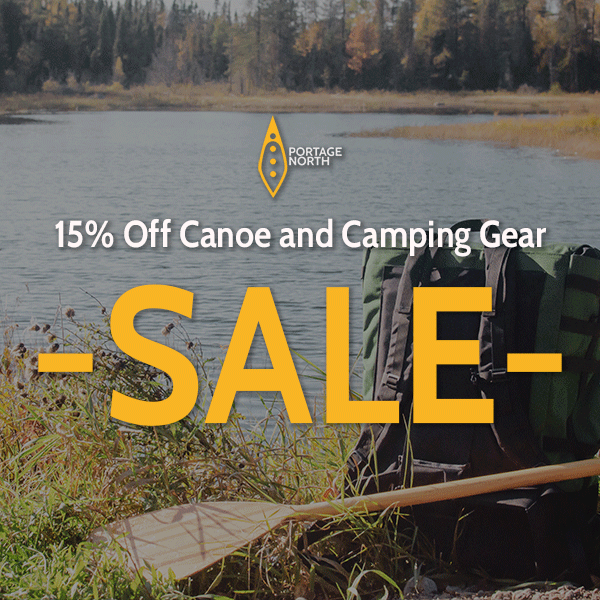Sign up for our newsletter to receive updates about new articles, great deals, and information about the activities you love and the gear that makes them possible:
Have You Read Our Other Content?
How Trees Tell the Story of the BWCA
Today is the International Day of Forests which means it’s the perfect day to celebrate the trees of the BWCA. The Boundary Waters are a unique mosaic of forests born out of wildfire, windstorms, logging, and the passage of time. Despite the history of disturbance, the Boundary Waters contain the largest tracts of old growth…
The Route Planning Game
“Probably the best remedy for the canoe freak is map watching. Pouring over maps can often get you through the canoeless season when nothing else can. I recommend it highly. If you coat the maps with plastic, you can even use them as tablecloths, curtains, and all sorts of things. However, no matter what you…
Let’s Break the Ice on a BWCA November Canoe Trip!
It’s been snowing all week here in Ely which points to a winter season fast approaching. In the meantime, this is one of the more challenging seasons for wilderness travel with many big lakes still open, smaller lakes starting to freeze, and trails and forests covered in fresh, wet snow. To the majority of…
Paddling The Margins
Buy Tickets After five years of planning, preparation and training, Jack sets out on his most ambitious kayaking project yet. Paddling The Margins follows the journey to paddle unsupported over 2,000 kilometers along some of Canada’s most beautifully remote coastline, the Pacific Northwest. Director and Producer: Jack River Hampton
How to Name Over 1000 Different Lakes: Part 2
Last year, we published an article about Boundary Waters lake names, their inspirations, their backgrounds, and which themes and names are common or often repeated. Among 1100 different lakes in the BWCAW alone, there are quite a variety of names! In this sequel article, we are visiting the BWCAW, Quetico, and Voyageurs National Park to…
Three Generations of BWCAW Rules Videos – Side by Side
It’s as ubiquitous of an experience as one can find tied to a canoe trip into the Boundary Waters, and the memories of it are deeply rooted in my childhood as they are for many who make the annual pilgrimage north to paddle the border waters of canoe country. Even now, I can close my…
Emergency Communication in the Wilderness – 4 Things To Know Before Your Canoe Trip
If you’ve never been on a wilderness trip before, the idea of traveling beyond cell service, seemingly out of touch with the rest of the world, can seem daunting. The questions are many: How do we let concerned family members know where we are? Will there be any cell service? What if we need to…
10 Steps in Planning an October Canoe Trip to the BWCA
Fall is a magical season in canoe country: a brief respite of quiet calm between the relative chaos of summer and the icy grip of winter. And, in many ways, the experience of a canoe trip in the BWCA is greatly enriched by the season. Once October 1st rolls around though, the looming threat of…



